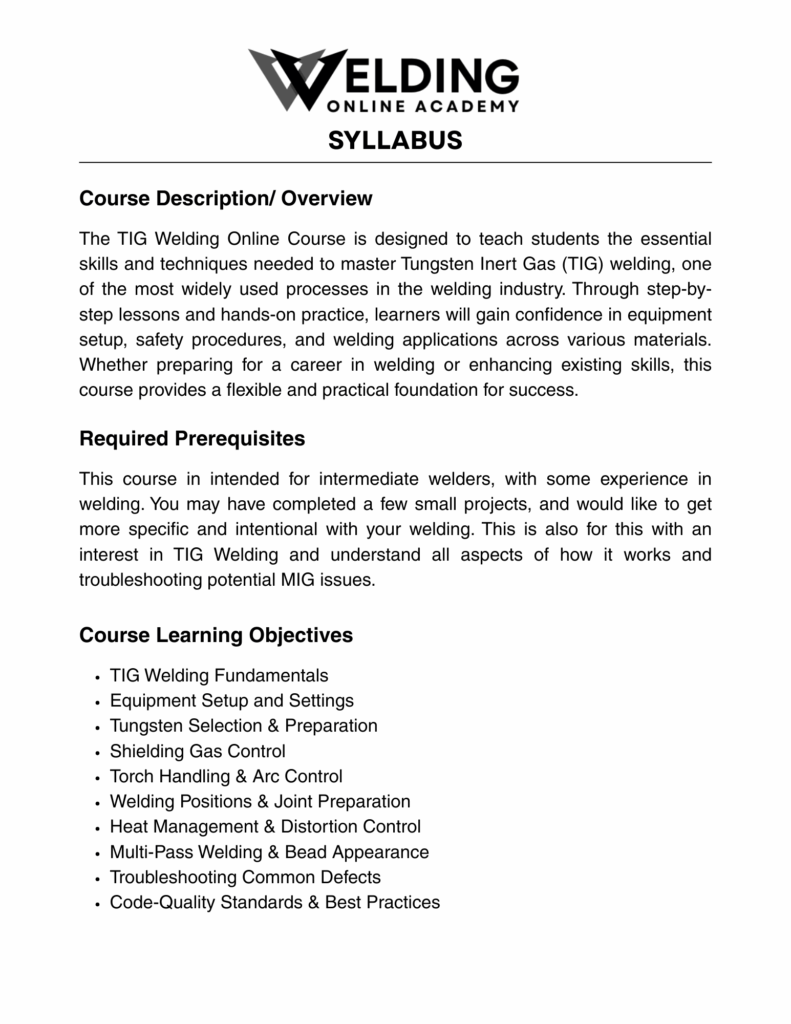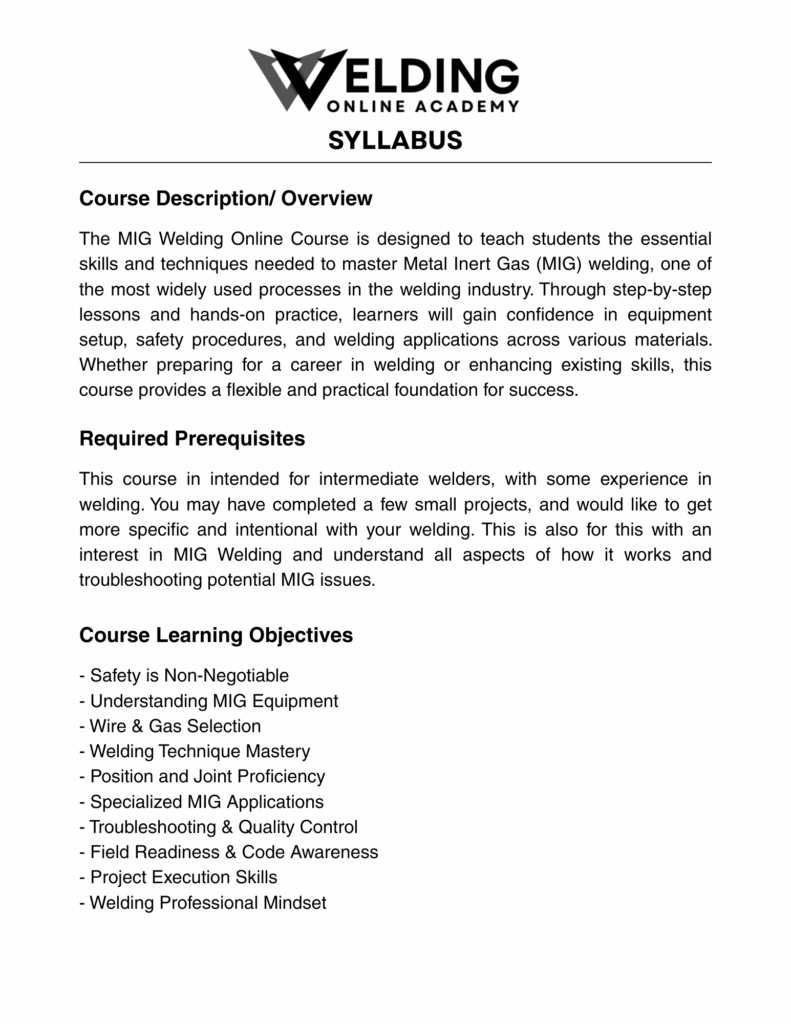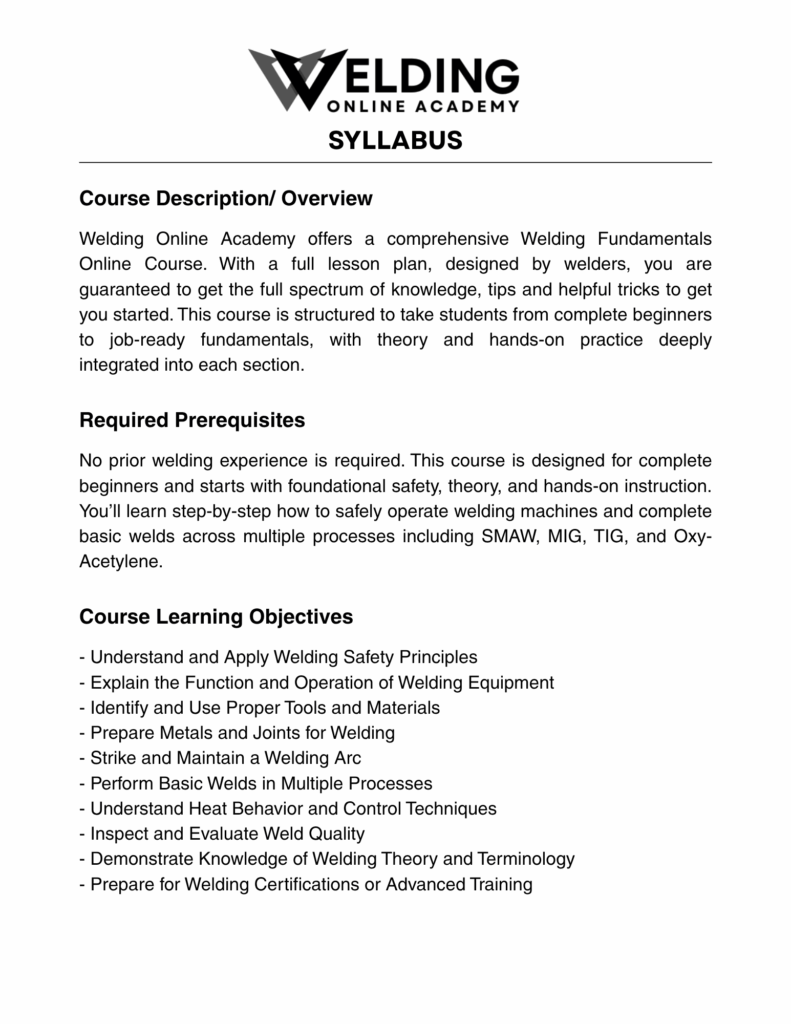Starting your welding journey can be both exciting and overwhelming. With so many different types of machines, processes, and price points, it’s easy to get lost in the options. Whether you’re planning to weld in your garage, take on hobby projects, or pursue a trade school education, having the right welding machine is the foundation of your success.
This guide highlights the top welding machines for beginners, covering MIG, Stick, and TIG machines. We’ll break down what each process is best for, what features to look for, and the best brand-name machines that are beginner-friendly and built to last.
What to Look for in a Beginner Welding Machine
Before we dive into models, here’s a quick checklist of features beginners should look for:
- Ease of Use: Simple controls, intuitive design, and plug-and-play operation.
- Multi-process Capability: MIG, Stick, and/or TIG in one unit.
- Portability: Lightweight enough to move around a garage or job site.
- Power Options: Dual voltage (120V/240V) for flexibility at home or shop.
- Build Quality: Reliable components, long lifespan, and safety features.
- Affordability: Great value without compromising on quality.
Top Welding Machines for Beginners (2025 Edition)
Lincoln Electric 140 HD (MIG)

- Type: MIG (Flux-core and Gas)
- Voltage: 120V
- Amperage Range: 30–140A
- Weight: 50 lbs
- Price: ~$600
Why It’s Great for Beginners:
The Lincoln Electric 140 HD is one of the most popular entry-level MIG welders on the market. It runs on standard household power, making it perfect for garage welders. The control knobs are simple, and the machine is built like a tank — it can weld mild steel up to 5/16” thick.
Best For: DIYers, auto repair, home projects, light fabrication.
Pros:
- Very beginner-friendly
- Compatible with gas or flux-core
- Reliable and widely supported
Cons:
- Limited to thinner materials
- No TIG or Stick options
Forney Easy Weld 140 FC-i (Flux-Core Only)

- Type: Flux-Core MIG (No Gas)
- Voltage: 120V
- Amperage Range: 30–140A
- Weight: 19 lbs
- Price: ~$250–$300
Why It’s Great for Beginners:
Forney’s Easy Weld 140 FC-i is a great low-cost option for absolute beginners who just want to get started. It’s compact, affordable, and super simple to operate. While it’s limited to flux-core welding (no shielding gas), that also makes it easier to learn without worrying about gas tanks.
Best For: Hobbyists, artists, small home repairs.
Pros:
- Lightweight and portable
- Inexpensive
- Ideal for first-time welders
Cons:
- Only does flux-core
- Not great for thinner sheet metal
Hobart Handler 210 MVP (MIG)
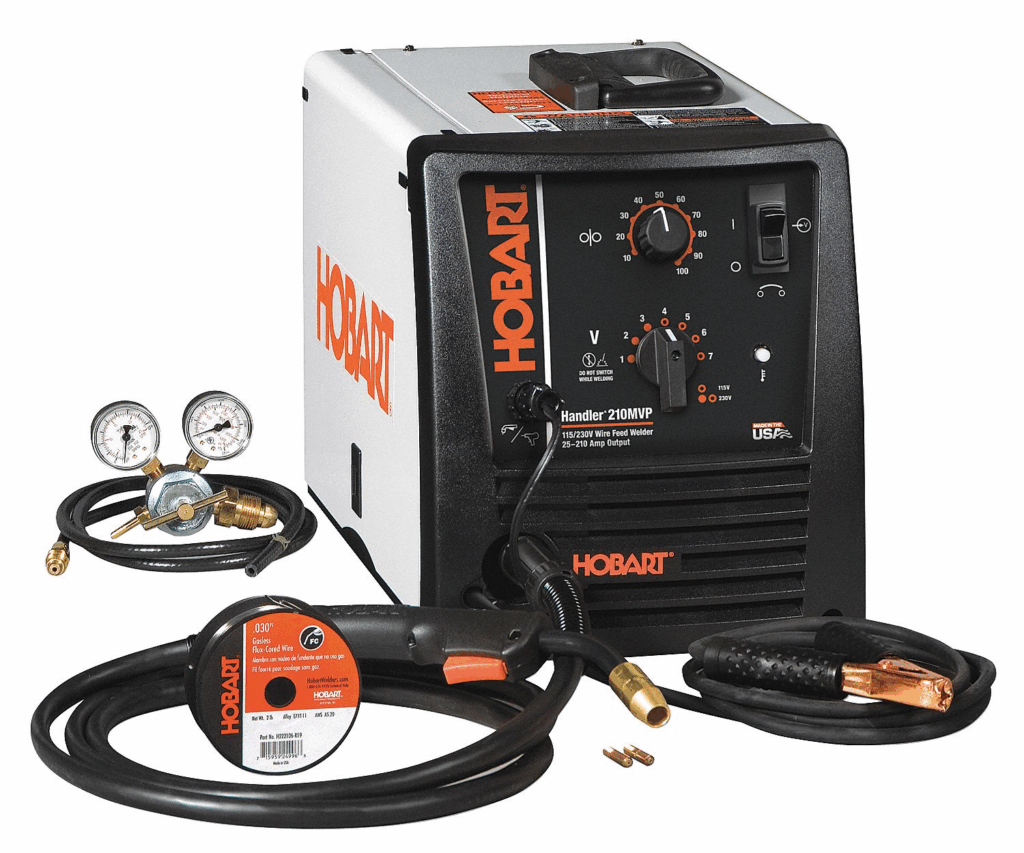
- Type: MIG (Gas & Flux-Core)
- Voltage: Dual (120V/240V)
- Amperage Range: 25–210A
- Weight: 79 lbs
- Price: ~$950–$1,100
Why It’s Great for Beginners:
The Handler 210 MVP is a beast in the beginner-friendly space. It supports dual voltage, which means you can use it at home or in a professional shop. With more power than the Lincoln 140, this unit can weld thicker steel and offers room to grow as your skills improve.
Best For: Beginners serious about long-term welding, light industrial use.
Pros:
- Dual voltage
- Excellent arc quality
- Great for both thin and thick metals
Cons:
- Heavier
- More expensive than entry-level models
YesWelder MP200 (Multi-Process)

- Type: MIG, TIG, Stick, Flux-Core, Plasma Cutter
- Voltage: Dual (120V/240V)
- Amperage Range: Up to 200A
- Weight: 33 lbs
- Price: ~$800
Why It’s Great for Beginners:
This 5-in-1 powerhouse is perfect for someone who wants to explore multiple welding styles without buying separate machines. It can do MIG, Flux-Core, Lift TIG, Stick, and even Plasma Cutting. The YesWelder MP200 is budget-friendly for a multi-process machine and is easy to set up.
Best For: Tinkerers, creators, and DIY welders wanting versatility.
Pros:
- Extremely versatile
- Digital controls and presets
- Compact and powerful
Cons:
- Lift TIG only (not HF)
- Support is online-based (not local)
Miller Multimatic 215 (Multi-Process)
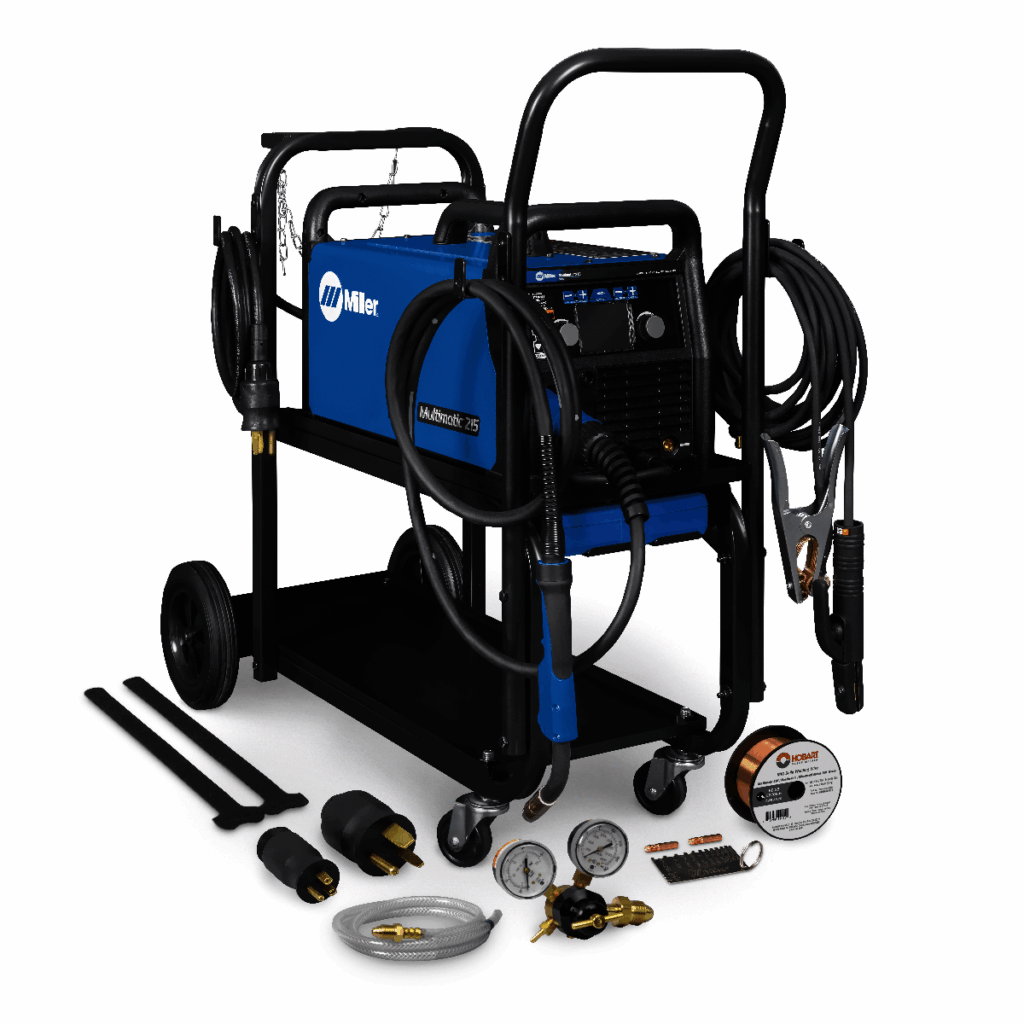
- Type: MIG, Stick, TIG
- Voltage: Dual (120V/240V)
- Amperage Range: 20–230A
- Weight: 38 lbs
- Price: ~$1,900
Why It’s Great for Beginners:
The Miller Multimatic 215 is professional-grade gear that’s still approachable for new welders. It’s user-friendly with an Auto-Set Elite feature that automatically adjusts your settings based on the material and wire type. While it’s pricier than other beginner units, the quality and support are unmatched.
Best For: Long-term welders, professionals-in-training.
Pros:
- Auto-set technology
- Excellent arc stability
- Works for MIG, TIG, and Stick
Cons:
- Higher cost
- TIG torch sold separately
Eastwood MIG 140

- Type: MIG (Flux-Core and Gas)
- Voltage: 120V
- Amperage Range: 30–140A
- Weight: 40 lbs
- Price: ~$400–$500
Why It’s Great for Beginners:
Eastwood is known for affordable, shop-quality tools. The MIG 140 is their entry-level unit that performs similarly to the Lincoln 140 but costs significantly less. It has adjustable wire-speed, infinite voltage control, and a durable metal drive system.
Best For: Automotive projects, home welding, small fabrication.
Pros:
- Great value for the money
- Easy setup
- Solid warranty
Cons:
- Not dual voltage
- Lacks brand recognition outside the automotive world
Understanding Welding Processes for Beginners
If you’re unsure what type of welder to buy, here’s a breakdown of the most common processes and which one you should start with:
| Welding Process | Best For | Difficulty | Beginner Advice |
|---|---|---|---|
| MIG (GMAW) | Auto repair, fabrication | Easy | Best starting point. Clean, fast welds. |
| Flux-Core (FCAW) | Outdoor use, dirty metal | Easiest | No gas needed. Great for beginners. |
| Stick (SMAW) | Farm, structural steel | Medium | Cheap & rugged, but messier. |
| TIG (GTAW) | Aluminum, stainless steel | Hard | Requires practice and precision. |
Tips for First-Time Buyers
- Start with MIG or Flux-Core: These processes are easier to learn and more forgiving for beginners.
- Stick with Known Brands: Lincoln, Miller, Hobart, and Forney offer reliability and support.
- Check Your Power Supply: If your home only has 120V outlets, make sure the machine supports that.
- Buy a Complete Kit: Some beginner welders come with gloves, helmet, and wire to help you start right away.
- Watch Tutorials and Practice Daily: Welding is a skill — your machine helps, but practice is key.
In summary…
Investing in your first welding machine is a big step. You want something that’s reliable, beginner-friendly, and capable of growing with you. The machines on this list cover every budget and every goal — from weekend warriors to future professionals.
If you’re just starting out, the Forney Easy Weld 140 FC-i or Lincoln 140 HD are excellent. For those wanting versatility, go for the YesWelder MP200 or Miller Multimatic 215. No matter which route you take, the key is to get your hands on the torch and start practicing.
Welding is one of the most empowering trades out there. With the right machine and mindset, you’re only a few sparks away from building something great.
FAQ: Top Welding Machines for Beginners
What type of welding machine is best for beginners and why?
Most beginners start with a MIG/flux-core capable machine because it is the quickest to learn, works well on thin-to-medium steel, and has readily available consumables. Flux-core wire also lets you weld without shielding gas, which is convenient for home garages.
Which specs matter most when choosing my first welder?
Prioritize amperage range that fits your materials (e.g., ~30–140A for thin-to-medium steel), a realistic duty cycle, input power (120V for portability; 240V for thicker work), wire/electrode compatibility, and a solid warranty and support network.
Should I buy a multi-process welder or a dedicated unit?
Multi-process machines (typically MIG/Stick/TIG-lift) offer flexibility as your skills grow, while single-process units can be simpler and sometimes cheaper. If you know you’ll stick with MIG for auto or fabrication work, a dedicated MIG is fine; if you want to explore TIG or Stick later, multi-process is a good value.
Do I need 120V or 240V for a beginner setup?
120V welders are plug-and-play in most homes and handle light fabrication. If you plan on thicker materials or longer, hotter welds, a dual-voltage or 240V machine gives you more headroom and a higher duty cycle.
What starter accessories do I need to weld safely at home?
Get an auto-darkening helmet, welding gloves and jacket, clamps or magnetic squares, an angle grinder with cutoff and flap wheels, a chipping hammer/brush, and ventilation or a fume solution. For MIG with gas, add a cylinder, regulator, and the correct wire and tips.


